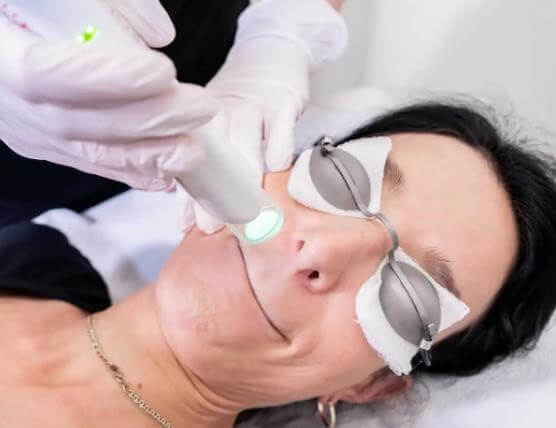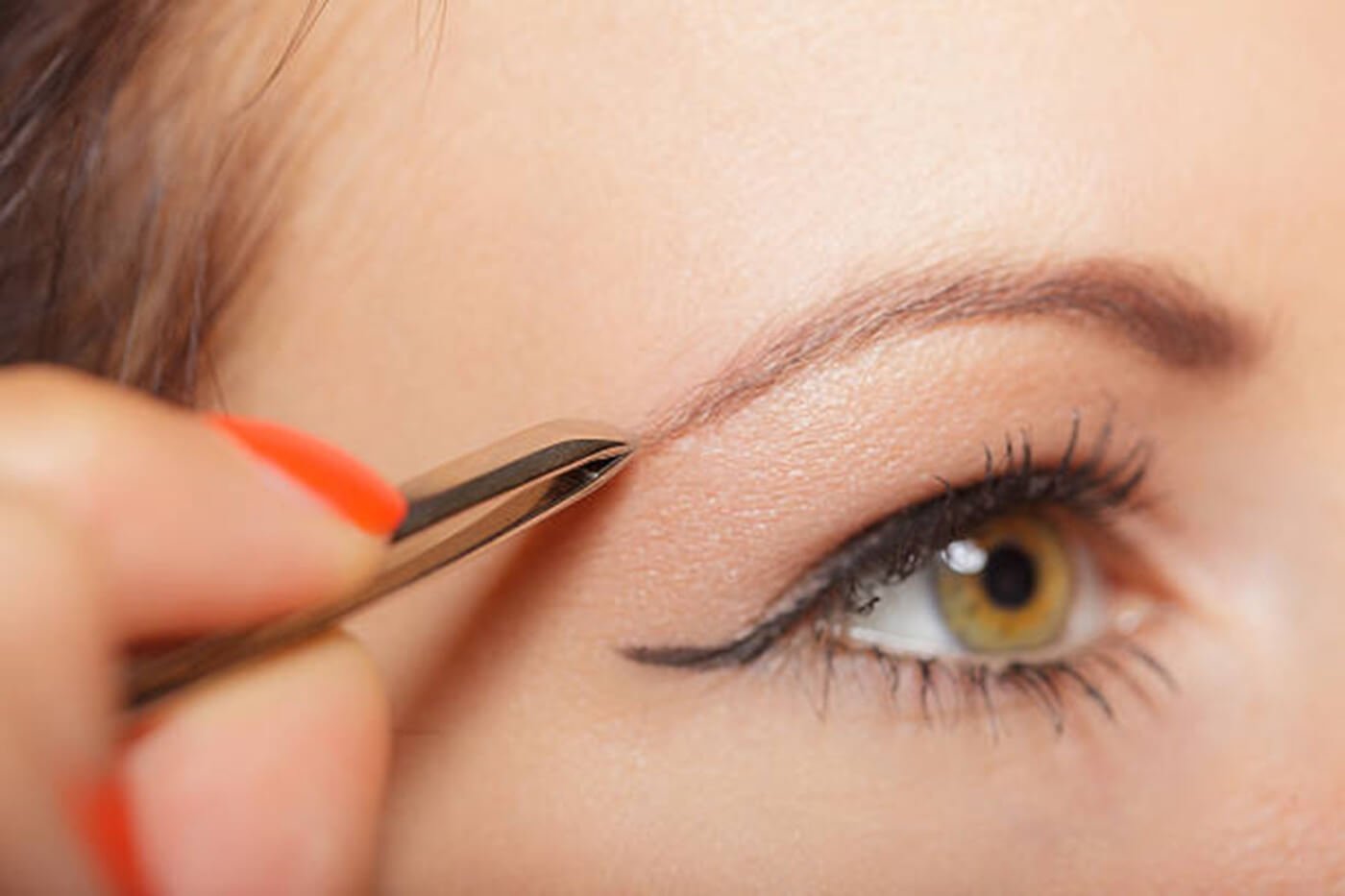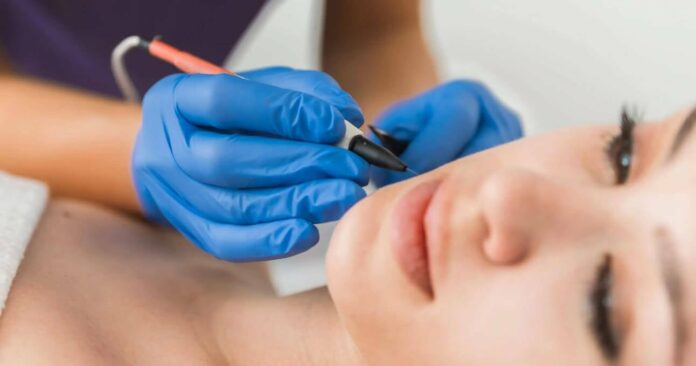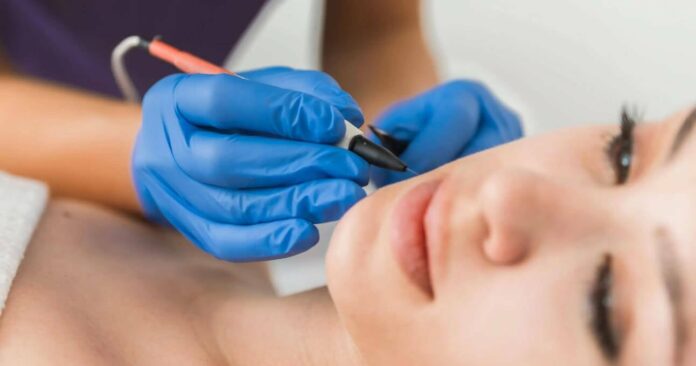You probably have heard people whine about desiring rapid hair growth. However, have you paused to think if that is what you really want?
Maybe those with rapid hair growth have never mentioned the downsides of such traits, but this article will let you in on that.
Hair is usually present in almost all parts of the human body (and some animals, too), but many times, only hair located in specific parts of the body experiences a high surge of growth. For example, areas such as the head, chin, armpit, chest region, leg, and private parts.
Despite this intense desire for rapid hair growth, this desire only stops in the head region and nowhere else.

In fact, not many people appreciate these growths in some specific areas of their bodies, and you can easily tell why – these hairs become uncomfortable over time and look messy when unkempt.
But the question is this, does everyone have the luxury of time to always tend to remove these excess hairs? Apparently, all you just want to do is to get it over and done with once and for all.
Unfortunately, many of the hair removal options readily available do not do justice to taking off the hair long-lasting, leaving you with no choice but to do the same task repeatedly.
However, as technology advances, there has been a better approach to hair removal treatment – electrolysis hair removal.
But just before you get all excited, hold on a sec!
We are no bearer of unpleasant news and we hate to break it to you that the electrolysis hair removal treatment, like all other hair removal methods, is not without its side effects.
In this article, we discuss electrolysis hair removal treatment, how it is done, and its extensive side effects. Of course, we wouldn’t leave you hanging without giving you something to fall back on in case you have other treatments. To this end, the article highlights 6 other hair removal methods as an alternative to electrolysis.
Before launching into what electrolysis means, it would be great to inform you of the causes of these excessive or unwanted (as the case may be) hair growths.
Firstly, your excess hair growth could be a result of genetics, in this case, it isn’t your fault that you are hairy. So, apparently, there is little to nothing you can do to help the situation.
Another reason for unwanted hair growth could be underlying health conditions such as Polycystic Ovarian Syndrome (PCOS), which spikes a particular hormone called androgen (male hormones) and shows symptoms in the form of excess hair growth.
On the other hand, it could be a result of some drugs you are using, for instance, steroids. So, you may want to check with your doctor if you should continue using these drugs or not.
What is electrolysis hair removal?

A good place to start would be to describe electrolysis and its relationship to hair removal treatment, so let’s get that out of the way.
Electrolysis can be described as a hair removal treatment method that uses the principle of electric current to get rid of hair long-lastingly. Over a century has passed since the invention of electrolysis. Although the initial aim of its invention was to get rid of irritating ingrown eyelash hairs, over time, electrolysis has become the only long-lasting hair removal procedure that has received FDA cleared.
How is electrolysis done?
This procedure requires the attention of a well-trained specialist called an electrologist who would insert a needle connected to a thin wire (epilator) into the opening hair follicle just beneath the skin. As soon as this wire is inserted and the switch is turned on, an electric current is generated which moves through the wire and needle to the bottom of the follicle to destroy the hair root. Once the follicle is destroyed, the growth of hair is hampered and any pre-existing surface hair falls out. This treatment would usually take between 15 and 60 minutes to complete, while the appointment spans over a period of 18 months.
Target area
Electrolysis targets the root of the hair follicle, specifically areas of the body where hair is present. This procedure could be used to treat areas such as the face (eyebrows, upper lip, and chin), chest region (breasts), fingers and toes, lower trunk (back and abdomen), private parts (armpits, bikini line), thighs, and lower legs.
What are the side effects of Electrolysis hair removal?
Earlier in this article, we mentioned that electrolysis hair removal has downsides. While this treatment might offer a long-lasting solution, however, there are flips and unpalatable sides to this procedure as will be examined below;
Long treatment period

Firstly, let’s clear the air on this. During the prep phase of this procedure, you would be told it lasts only for 15 to 50 minutes, and you would have to come for later appointments. However, what is not clearly stated is how long that appointment is going to last to achieve long-lasting hair removal. So, if you do not mind the constant visits to the electrologist’s office, you may want to opt-out at this point as treatment usually last up to 18 months.
Constant Needle pricks
We hate to break this to you but if you have phobias for needle pricks, then you may want to step aside from having this procedure. The reason is that everything that would be done involves inserting a needle into your skin. Not to discourage you but imagine getting these needle stings and pricks for every of your appointment.
Painful procedure

While the procedure is not particularly painful. However, if it is your first time, you might feel uncomfortable initially due to the needle pricks but you would likely get used to it over time. To avoid this, you could inform your electrologist to apply numbing cream on the areas to be treated before the procedure begins.
Redness and Scarring
Although its occurrence is very rare, however, depending on your skin tone, redness (if you are light-skinned) and scarring may occur as a result of multiple needle pricks at the same spot, leading to scars that would fade away with time.
Skin infection
Infection may suffice as a result of improperly sterilized equipment. So, be sure to visit a well-trained and highly qualified electrologist to perform this procedure.
Skin reaction

Skin sensitivity differs between individuals. So, until your skin heals, you may want to avoid any activities that cause you to sweat or expose you to sun rays, tanning, and makeup.
After reading about these effects of electrolysis, if you think the risks of the procedure outweigh the benefits, we have highlighted other hair removal methods you could consider for a temporary fix.
Other hair removal methods
1. Laser hair removal
 The laser hair removal method is by far the safest method to eliminate excess hair. With this method, you do not have to worry about pricks from sharp objects or any form of inflammation, bumps, or redness. The Ulike laser hair removal device is shaped like a telephone and glides over your skin in the most comfortable and soothing manner. Additionally, it comes with ice-cooling technology which makes the whole procedure nearly painless and enjoyable. Not without their side effects. However, at $399, you can enjoy the lasting benefits of this device without any worries. But if this is too expensive for you, consider other hair removal methods.
The laser hair removal method is by far the safest method to eliminate excess hair. With this method, you do not have to worry about pricks from sharp objects or any form of inflammation, bumps, or redness. The Ulike laser hair removal device is shaped like a telephone and glides over your skin in the most comfortable and soothing manner. Additionally, it comes with ice-cooling technology which makes the whole procedure nearly painless and enjoyable. Not without their side effects. However, at $399, you can enjoy the lasting benefits of this device without any worries. But if this is too expensive for you, consider other hair removal methods.
2.
Hair removal cream

Hair removal creams, also known as depilatories, are also an effective means of removing excess hair. However, there are some
downsides
to using these creams as they contain chemicals that may cause allergic reactions to your skin. Moreover, leaving these creams on your skin for exceeding their application time limit could result in a skin burn. There are several brands available, however, you need to do your own research about which formulation is best for you.
3.
Waxing

Popular amongst other hair removal techniques, the waxing method also proves effective for removing hair. With this method, you apply the wax over the area you wish to remove hair, leave it to dry, and then remove it. The process might be quite painful because the method removes hair from the follicle roots.
4.
Shaving

This age-long method of eliminating hair can also serve as a good alternative. A shaving stick or blade is all you need. However, you may want to apply shaving cream to moisten the area before shaving. Avoid using a blunt blade and also exercise caution when shaving so you don’t get cut.
5.
Trimming

Similar to shaving, the trimming method can also help eliminate hair, however, the result is temporal and hair soon continue to grow only after a few days. Use a trimming scissor to trim hair and be sure the scissors are held a few inches away from your skin to avoid any accidental cuts.
6.
Tweezing

Tweezing can also help get rid of excess hair however, this method is limited in its function as it is only best for areas with scanty hair. Also, this method might not be suitable as it is slow and requires a lot of time and carefulness. So, if you are not going to be patient, it’s best to consider other hair removal methods.
Final note
On the whole, electrolysis could be great if you are looking to permanently remove hair. But be sure to do your own research, weigh your options, and speak extensively with a professional before deciding to undergo the procedure. The procedure might be costly, so you want to consider the financial aspect, too.
However, if the side effects are too overwhelming, you may want to look into other hair removal methods that you feel safe to use. Remember, the goal is to get rid of these excess hairs in the easiest and most nearly painless way possible.

 By Mariela
By Mariela







